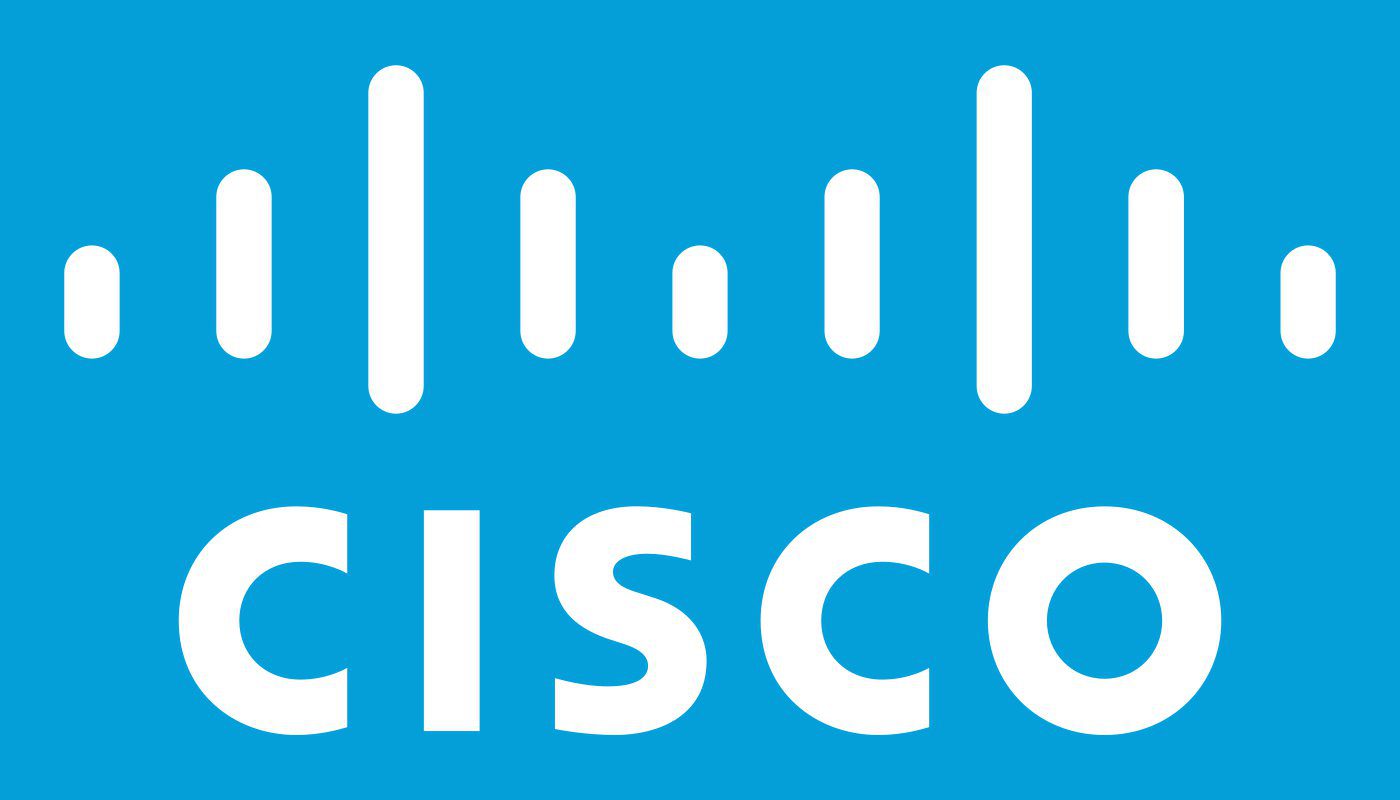
SpalshAccess and Cisco User Defined Network removes the frustration of a shared network experience by giving the end-user and IT Admin exactly what they want: an easier way to register and manage their devices when connected to the network.
How? Cisco User Defined Network provides each end-user with their own network partition. Via the SplashAccess Portal , end-users can securely and easily register their devices so that they’re ready to go as soon as they step foot on campus.
Also the Cisco User Defined Network portal provides end-users oversight to their network partition where they can provide and deny network access with a touch of a button.
Identity PSK or IPSK with UDN can be a more convenient and secure alternative to usernames and passwords for wireless network authentication. Although usernames and passwords are considered more secure, they can be bothersome for users, and some devices cannot support WPA2-Enterprise authentication. These factors increase the wireless overhead and reduce network security.
Cisco Catalyst 9800 Series wireless controllers
SplashAccess UDN Account
Cisco Identity Services Engine (ISE)
Cisco Catalyst Wi-Fi 6/6E or Aironet 802.11ac Wave 2 access points
UDN stand for User Defined Network , it allows each resident to onboard MAC Mac Addresses with a single WiFi KEY devices such as smartphones, computers, consoles, smart TV’s, Chromecast, printers, connected watches, connected speakers, etc that can then can seamlessly connect to a private bubble within the WiFi network and communicate with each other.
With the popularity of mobile devices and the vast expansion of IoT devices growing around us, from surveillance cameras, and point-of sale devices improving our retail experience to sensors and medical devices streamlining hospital performance, it has increasingly forced network administrators to re-think and develop multiple ways to onboard devices to the network, in areas within Healthcare, Education, Government and more.
The ability to segment users, providing a private ‘virtual bubble’ where users can only communicate with their own devices and not those of others is an important factor in limiting vulnerability whilst still providing flexibility and control.
An uncomplicated, simplified security for IoT devices is made easier with IPSK.
